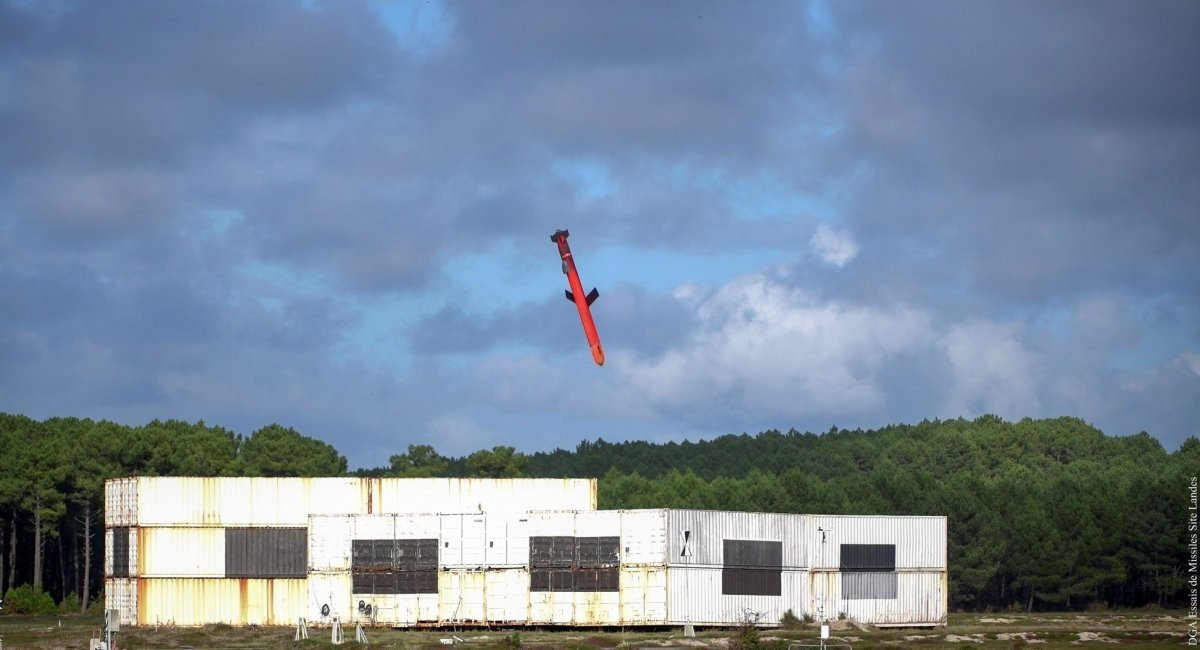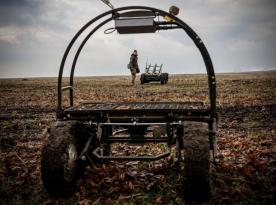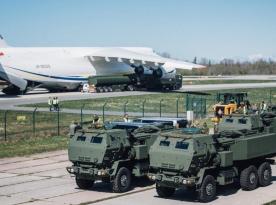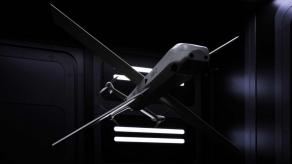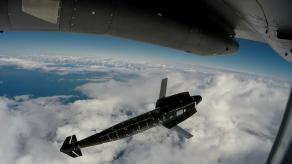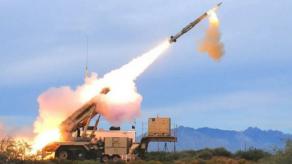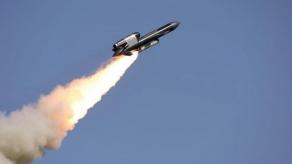The official specifications for the RK360L cruise missile of the Neptune-D system have been released. Previously known only by its unofficial name, "Long Neptune," this clarifies all questions regarding the size of its warhead. It is a powerful long-range missile.
At the same time, it is possible to compare the Ukrainian RK360L with the only long-range cruise missile produced in the European segment of NATO. This is the MdCN (Missile de Croisière Naval), which also has the English name NCM (Naval Cruise Missile) from MDBA.
Read more: Puma LE Reconnaissance UAVs Get Integrated Laser Target Designator, Universal Gimbal
The Ukrainian RK360L has a range of 1,000 km and a warhead weight of 260 kg. The French MdCN also has a range of 1,000 km and a warhead weight of 250-300 kg, according to various sources.
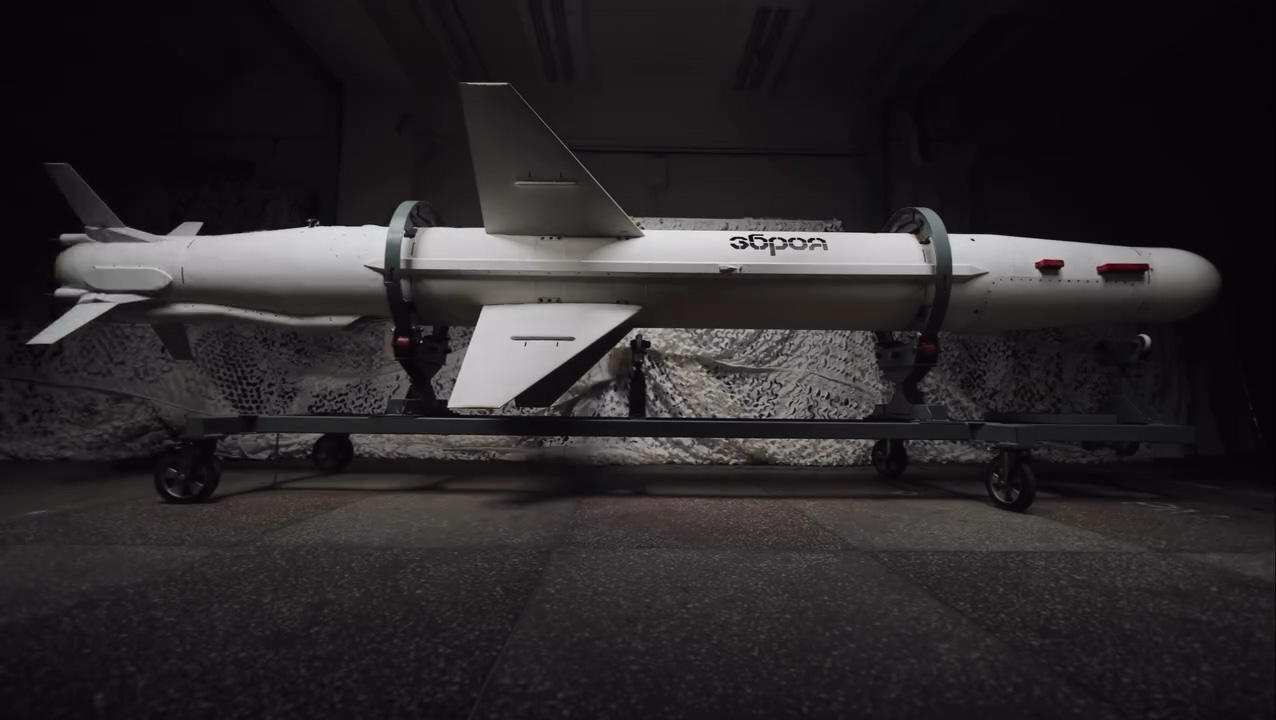
There is no verified information about the guidance system and accuracy of both missiles. However, MdCN`s guidance system is most likely similar to or based on the SCALP cruise missile system. As for the RK360L, the solutions used in Neptune definitely allow it to hit targets on russian territory. The last known strike was on the Elektrodetal plant in Karachev. The MdCN has also gained combat experience in Syria, targeting sites including a chemical weapons production facility.
In terms of stealth technology, the MdCN has a classic round fuselage without stealth features. The RK360L does not have a stealthy body, and its total radar cross-section is expected to be slightly larger due to its X-shaped wings.

The costs of both missiles remain unknown, and so do their production timelines. The French Ministry of Defense did not disclose details of MdCN purchases, but available information suggests the quantities were relatively small, around 200 units. Despite limited information on the RK360L, it is believed that the Ukrainian missile is both less expensive and has a shorter production cycle.
There is another fundamental difference between these missiles. Neptune is a land-based cruise missile, while MdCN is a submarine-based missile designed for the A70 Sylver universal launch cells. However, MBDA’s French division plans to adapt it for a ground‑based launcher and create a Land Cruise Missile (LCM) by 2028.
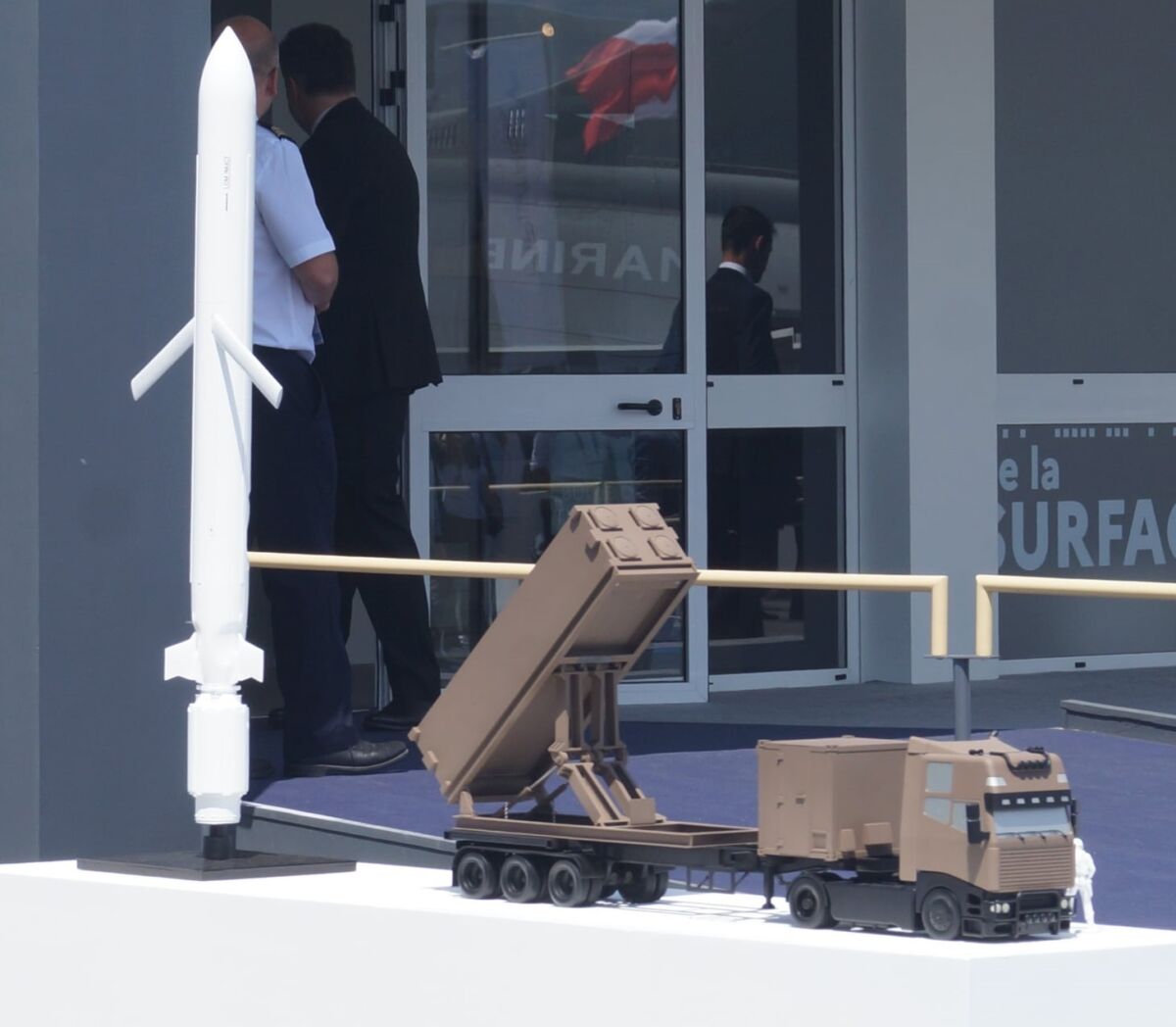
Ultimately, Ukraine has developed two long-range cruise missiles during the war. The traditional RK360L, deployed from a transport and launch container on a mobile launcher, and the FP-5 Flamingo, considered a wartime solution. At the same time, the LCM project is stalling in Europe, prompting Germany to begin discussions about purchasing Tomahawk missiles.
Read more: Old Soviet Design, Polish Upgrade: Ukraine's S-125 Newa-SC System May Be Defeating Ballistic Threats




